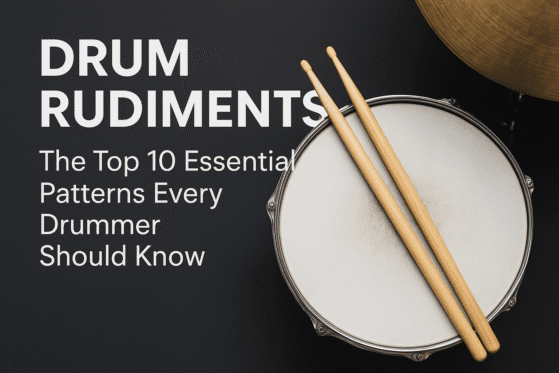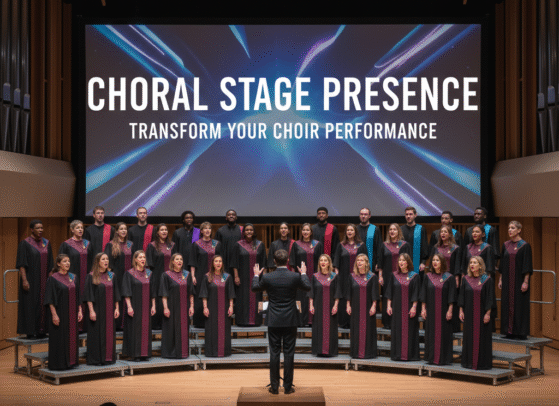Structure Your Music Practice the Right Way – Here’s How
When it comes to learning music, one thing becomes clear early on: progress doesn’t just depend on the hours you spend—it depends on how you use those hours. While it’s tempting to think that repetition alone will make us better, the truth is that structured practice is far more effective. In fact, without a solid framework, practice can quickly become directionless and discouraging. That’s why it’s so important to structure your music practice with intention and clarity—ensuring every minute works toward your improvement.
So, how can we make our practice time truly count? In this blog, we’ll walk through a detailed, step-by-step approach to organizing your music practice in a way that promotes steady growth, sharpens your skills, and keeps you motivated every day.
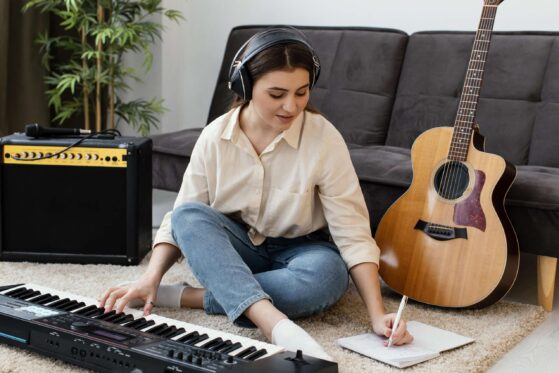
Why Is Structured Practice So Important?
Before diving into the how-to, it’s essential to understand why structure matters in the first place. Many musicians begin with enthusiasm but eventually hit a wall—usually because their practice lacks focus and variety. Instead of making consistent progress, they find themselves stuck, repeating the same mistakes without knowing how to fix them.
This is where structured practice makes all the difference. By organizing your sessions thoughtfully, you can set intentional goals, ensure a balanced skillset, and avoid burnout. Moreover, it allows you to monitor your improvement over time, making the process both more efficient and more rewarding.

Define Your Goals | The Roadmap to Success
Every great practice routine begins with a clear sense of direction. Without specific goals, it’s easy to drift from one task to another without truly mastering anything. That’s why one of the first steps to structure your music practice effectively is to ask yourself: What do I want to achieve, and how can I break that down into smaller, actionable steps?
For instance, your long-term goals may include mastering a specific piece, preparing for a performance, or passing a graded exam. These broader aspirations give your overall practice journey a strong and meaningful purpose. At the same time, incorporating short-term goals—such as learning a new scale, memorizing a short phrase, or improving accuracy in a tricky bar—ensures daily progress. When both types of goals are clearly defined, they work together to provide structure, consistency, and inspiration throughout your musical development.
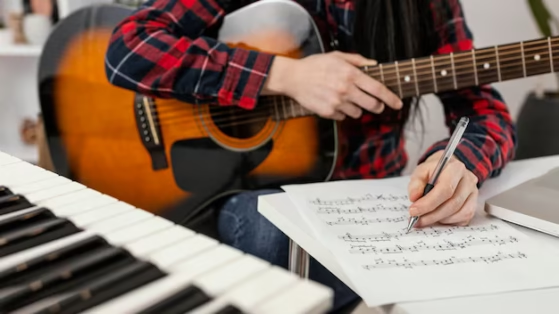
Warm-Up | Gearing Up for Productivity
Once your goals are in place, the next step is to ease into your session with a proper warm-up. Just as an athlete wouldn’t sprint without stretching, musicians also need to prepare their bodies and minds for the work ahead.
This early part of your practice serves multiple purposes. On a physical level, it helps you relax your muscles, reduce tension, and avoid injury. Mentally, it allows you to transition from the outside world into a state of deep focus. Whether you’re running through scales, doing finger exercises, or performing simple breathing drills, warming up for 5 to 10 minutes is a crucial foundation for a productive session.

Technical Practice | Strengthening the Building Blocks
Now that your fingers are moving and your mind is engaged, it’s the perfect time to turn your attention to technique. This part of your session is where you lay the groundwork for everything else. Without solid technical skills, musical expression can feel limited and uncertain. That’s why it’s essential to structure your music practice in a way that gives adequate time and focus to building these foundational elements.
To make the most of this segment, consider working on scales in different keys, arpeggios, rhythm exercises, or sight-reading drills. This is also a great time to introduce a metronome to ensure timing precision. As you build strength and control, always remember: it’s better to practice slowly and accurately than to rush through with errors. Over time, this disciplined approach will allow you to play more fluently and expressively.
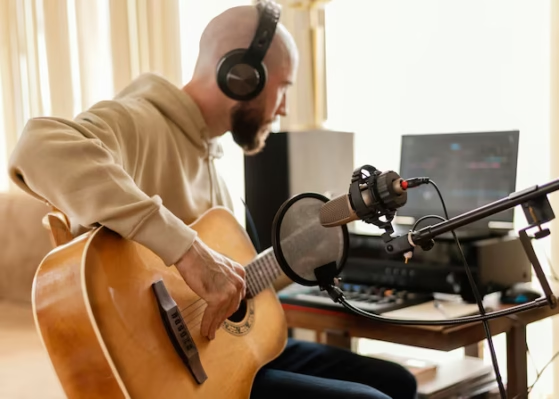
Repertoire Practice | Bringing the Music to Life
With technique polished and ready, you can now dive into the core of your session: repertoire practice. This is where you apply your skills to real music, tackling the pieces that challenge and inspire you.
Rather than starting from the beginning and playing straight through, try breaking your piece into small, manageable sections. Focus on one phrase at a time and use looping to reinforce memory and coordination. If you’re a pianist, practice each hand separately at first, then gradually combine them. Also, don’t hesitate to record yourself—you’ll often catch mistakes you didn’t notice in the moment. By approaching your repertoire this way, you’re not just playing music—you’re truly learning it.

Isolate the Trouble Spots | Smart Practice, Not Just Repetition
As you work through your repertoire, you’ll likely run into a few stumbling blocks. Rather than glossing over these rough patches, it’s far more effective to zoom in and deal with them directly. This is what we call targeted practice—and it’s one of the fastest ways to improve.
Instead of playing the full piece over and over, spend time on the specific bars or passages that are causing trouble. Slow them down, repeat them in loops, or even practice them backward—starting from the end and working your way to the beginning. Over time, these previously frustrating moments will become second nature. And more importantly, this focused effort teaches your brain to problem-solve and adapt.
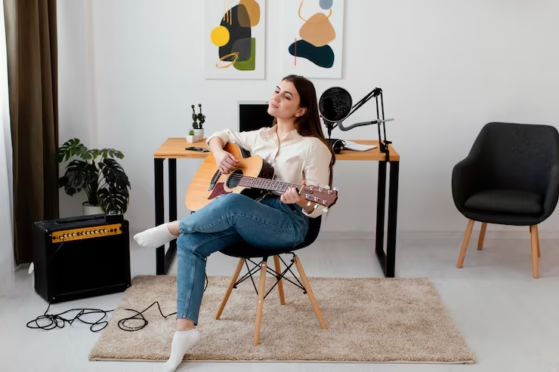
Include Creativity and Musicianship | Stay Inspired
Once you’ve tackled the technical and repertoire aspects of your session, it’s time to reconnect with the heart of music: creativity and expression. This part of practice is often overlooked, but it’s where much of your growth as a musician truly blossoms.
You might choose to improvise over a chord progression, compose a short melody, or explore how changing dynamics and tempo can alter a piece’s emotion. Alternatively, try playing a favorite song by ear, challenging yourself to figure it out without sheet music. These activities not only deepen your musical understanding but also keep your sessions fresh and engaging.

Cool Down and Reflect | Locking in the Progress
As your practice session winds down, take a few minutes to cool off and reflect. Just like warming up, cooling down helps ease your body and mind out of intense focus, while reinforcing what you’ve just accomplished.
Play something light and familiar to relax your hands. Then, take a moment to mentally review what you worked on, what went well, and what needs more attention. Better yet, jot down a few notes in a practice journal. This habit encourages self-awareness and sets the stage for a more focused session tomorrow.

Bonus Strategies for Better Practice Results
Now that we’ve outlined a strong practice framework, here are a few final tips to help you stay consistent and motivated over time.
Be Consistent
Even 30 minutes of focused daily practice will outperform a few scattered hours during the week. Consistency builds habits—and habits lead to mastery.
Prioritize Quality Over Quantity
Don’t worry about logging long hours. Instead, aim for deep focus and intentional work. A well-structured 45-minute session is far more valuable than a distracted 2-hour one.
Use Technology as a Guide, Not a Crutch
Metronomes, tuners, and music apps can be incredibly helpful—just be sure they’re enhancing your work, not replacing your effort.
Take Breaks When Needed
Don’t push through fatigue. Short breaks during longer sessions can help maintain concentration and prevent physical strain.

Sample Practice Plan (60 Minutes)
To help you put this structured approach into action, here’s how a well-balanced one-hour practice session might look. This routine ensures that every essential area of your musicianship is addressed—step by step.
0–10 minutes | Warm-Up
Begin your session with a proper warm-up to prepare both your mind and body. Use this time for simple scales, breathing exercises, or finger drills. The goal here is to transition smoothly into a focused state and ensure your muscles are relaxed and ready.
10–25 minutes | Technical Practice
Next, shift your attention to technical development. Work on scales, arpeggios, rhythm exercises, or sight-reading. This helps improve accuracy, finger strength, timing, and overall control—foundations that support everything else you play.
25–40 minutes | Repertoire Work
Now move into repertoire practice, where you apply your technique to actual music. Focus on learning new pieces, refining sections of a current piece, or addressing difficult passages. Aim for mindful repetition and musical expression.
40–50 minutes | Creative Exploration
After repertoire, take time to explore creativity and musicianship. Try improvising over a chord progression, composing a short melody, or experimenting with expressive dynamics. This keeps your practice enjoyable and encourages artistic growth.
50–60 minutes | Cool Down and Reflect
Finally, wind down your session with something light and familiar. Play an easy piece, then reflect on your practice—what went well, what needs work, and what to focus on next time. Journaling your thoughts can reinforce learning and keep you motivated.

Final Thoughts | Make Every Minute Count
In the end, to structure your music practice isn’t about creating rigid routines—it’s about embracing intentional learning. It’s about crafting a space where your musical skills, creativity, and confidence can grow together in harmony. When you structure your music practice with purpose and clarity, you don’t just improve—you enjoy the process more deeply and stay motivated for the long haul.
At The Mystic Keys, we specialize in helping students make the most of every practice session. From personalized feedback to tailored lesson plans, our online music programs guide you step-by-step toward your musical goals—whether you’re learning piano, vocals, guitar, or Indian classical music.
So, take that next step. Structure your music practice with care, and let every note bring you closer to the musician you’re meant to be.





